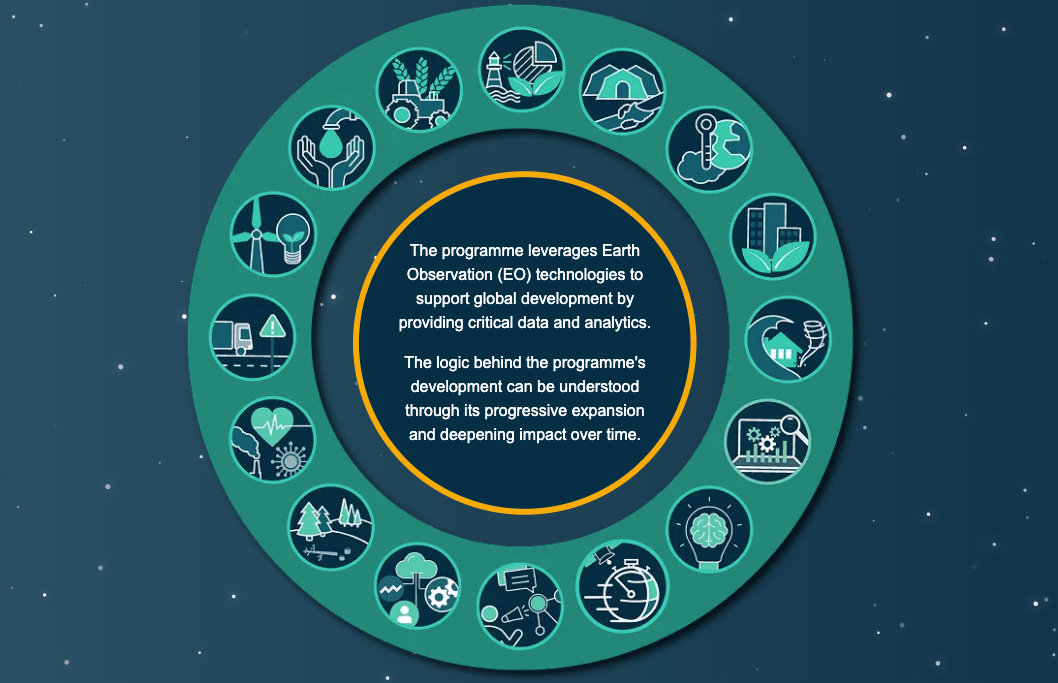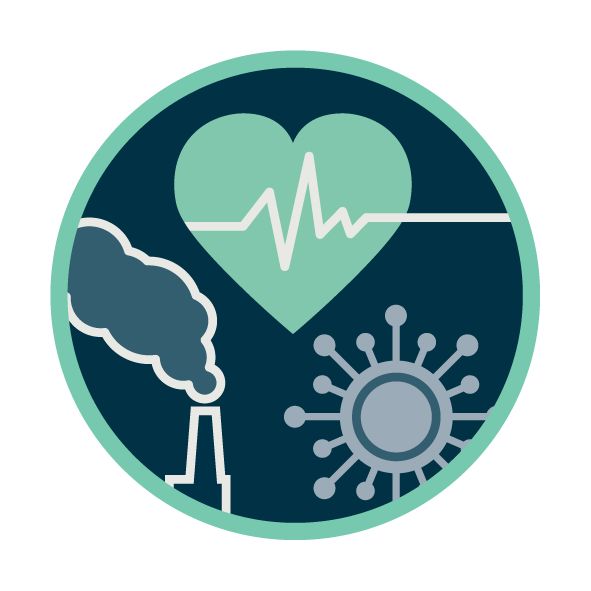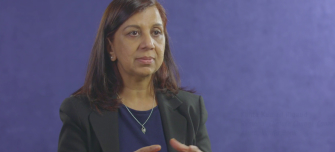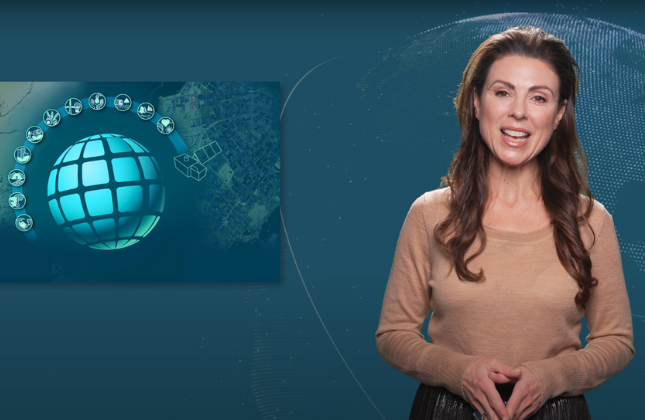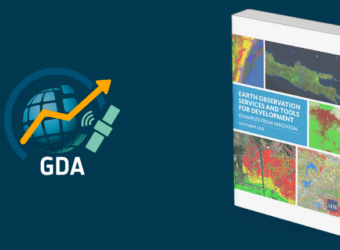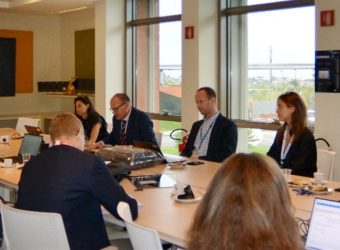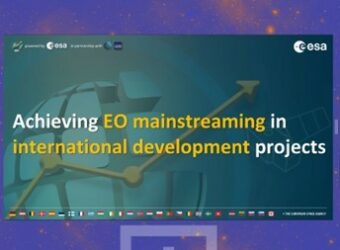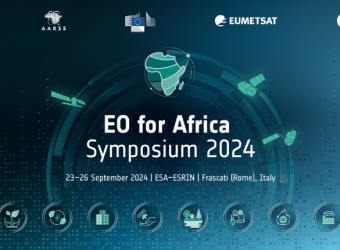On May 15, 2024, ESA had the pleasure to host Renaud Seligmann, World Bank Director for Strategy and Operations of the Sustainable Development Practice Group at the ESA-ESRIN facilities in Frascati, Italy. The visit marked a significant milestone in the enduring partnership and ongoing collaboration between ESA and World Bank, aimed at leveraging satellite Earth Observation and spatial analytics to advance global development.
Long-standing partnership of ESA and WB
The World Bank (WB), headquartered in Washington DC, USA, is one of the world’s largest sources of development assistance. Since 2008, ESA has been closely collaborating with WB as a key International Financial Institution (IFI), exploring the potential of satellite Earth Observation (EO) to provide critical information and services supporting international development. Over those 15+ years, the partnership has been strengthening and evolving.
Through its latest phase, ESA member states supported the partnership with a budget of over 40 million euros, supporting 61 WB projects in more than 50 countries. The strength of the partnership resides in coordinated implementation for each project-specific engagement, whereby ESA mobilises EO industry expert consortia to implement EO products and services tailored to the needs of the respective project, and WB aligns activities dedicated to operational scale-up and/or associated capacity building in client countries.
Boosted by ESA’s Global Development Assistance (GDA) Programme, the ESA-WB partnership operates under the joint Space for International Development Assistance (Space for IDA) cooperation framework, which lays out the principles for programmatic co-ownership and alignment. This partnership has been instrumental in leveraging the power of space to address global development challenges through dedicated initiatives like the Digital Earth Partnership (DEP), set up to complement ESA’s GDA and mainstream the use of EO. Hosted within WB’s Global Unit for Disaster and Climate Risk Management, the DEP aims to enhance the resilience of vulnerable countries to climate change and natural hazards by providing greater access to and adoption of advanced EO tools and services.
The setup of the DEP within the Bank was an important step in this collaboration as it is a key programmatic vehicle to structure dialogue and contribute to the elaboration of a “space for development” strategy. This DEP works on several priorities related to the identification of recurring demand, the capitalisation on global public goods, the dissemination of global knowledge and the implementation of innovative capacity building approaches – all supported through various GDA mechanisms such as the GDA Knowledge Hub.
In order to broaden its scope and cover those different priorities, the DEP is currently seeking to create a dedicated Multi-Donor Trust Fund and mobilise dedicated resources to strategically advance these priorities.
During the meeting, both organisations recognised the immense value of their partnership and ESA’s GDA programme.
Since it was launched, the partnership with ESA has been instrumental to support World Bank clients in the aftermath of emergencies and extreme weather events. We are tackling challenges that affect some of the world’s poorest and most vulnerable people to climate change impacts.
Renaud Seligmann, WB’s Director for Strategy and Operations of the Sustainable Development Practice Group
Not only is the long-standing collaboration between The World Bank and ESA a model example for achieving the much-needed scaling of space-based R&D towards delivering benefit where it is needed most. It is also a fast-growing area where the opportunities for co-design and co-development of long-term actionable solutions and information in support of the worldwide green transition are vast.
Rune Floberghagen, Head of ESA’s Climate Action, Sustainability and Science Department
Scaling up the use of EO technologies
High-level management and experts from both organisations, including Rune Floberghagen (Head of ESA’s Climate Action, Sustainability and Science Department), Christoph Aubrecht (ESA’s GDA Programme Coordinator), Alex Chunet (Earth Observation Applications Scientist), and Anika Ruess (ESA’s GDA Engagement Support), along with Renaud Seligmann from WB, agreed on the convergence regarding the strategic shifts happening in both institutions. More specifically, the WB has formalised its mission to end poverty and boost shared prosperity on a livable planet and is developing a new knowledge strategy to accompany this change. Concurrently, ESA is increasing its collaborative activities with entities focused on the green transition, following a demand-driven and impact-oriented approach.
While the value of the ESA-WB partnership and the GDA programme is fully acknowledged, both sides also recognise that there is still a lot of untapped potential that needs to be addressed in order to fully release the benefits of Earth Observation (EO) for WB operations and increase impact.
The partnership with ESA is very much aligned with the World Bank’s ambitious vision of ending poverty on a livable planet. We see many opportunities to build on this long-standing partnership by applying Earth Observation across new areas to help countries tackle development challenges with urgency and impact at scale.
Renaud Seligmann, WB’s Director for Strategy and Operations of the Sustainable Development Practice Group
Next steps towards strengthening the partnership
To further fortify the partnership and scale the integration of EO technologies across the WB’s portfolio, several pathways were discussed:
- Increasing focus of the ESA-WB partnership on WB’s Global Challenge Programmes;
- Aligning with the WB’s Knowledge Bank and Data Bank ambitions, including
- Investing in innovative analytic products and strengthening data assets, enhancing partnerships, streamlining processes, and boosting capacity building.
- To that end, the DEP will be positioned as a platform for coordinating complementary activities focused on the long-term adoption, integration and scale-up of EO technologies.
- It will also enhance triangular coordination with other multilateral development banks in the implementation of EO-focused activities.
As we move forward, our joint efforts will focus on identifying the right strategies and levers to scale the use of EO technologies, ensuring that we continue to drive impactful and sustainable development outcomes.
Rune Floberghagen, Head of ESA’s Climate Action, Sustainability and Science Department
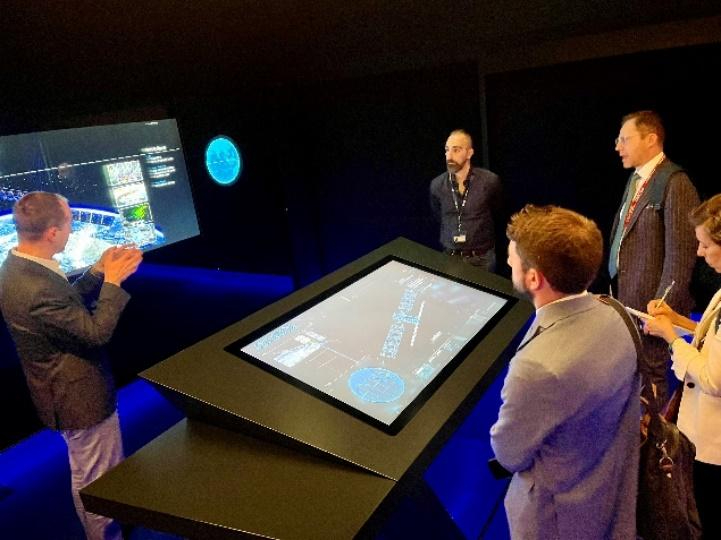
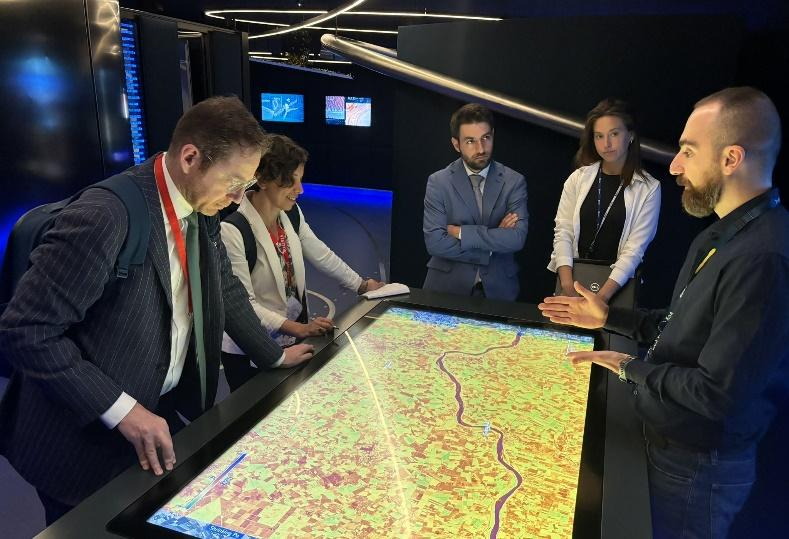
The meeting concluded with an inspiring tour through ESA’s Φ-experience, showcasing the transformative power of satellite EO technology. This tour highlighted how EO technologies can provide actionable insights for a variety of sectors, from disaster management to climate monitoring.
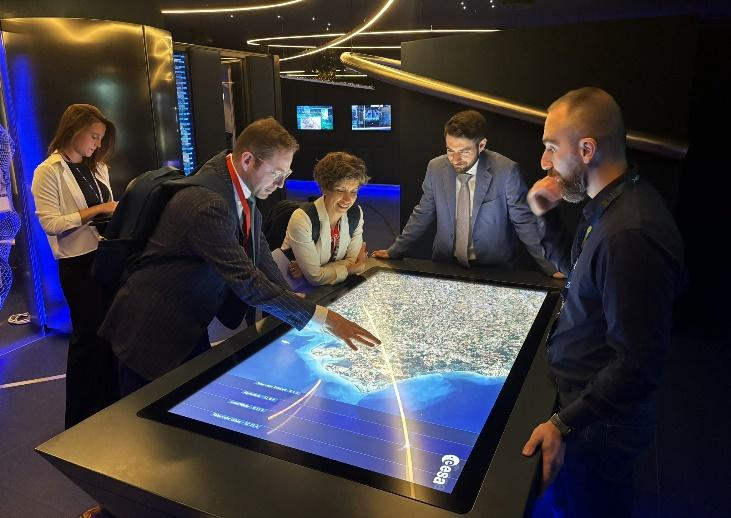
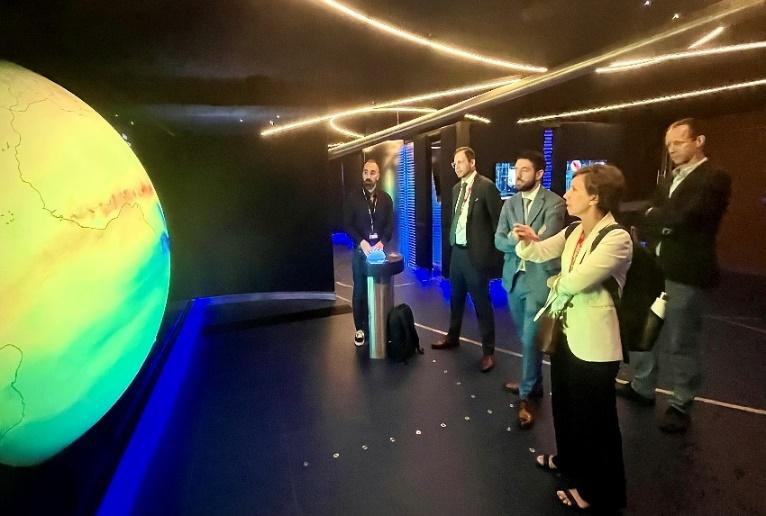
The visit and ensuing discussions underscored the shared vision and commitment of ESA and the WB to harness the power of spatial technologies for the betterment of our planet. This strengthened partnership sets the stage for expanded impact, ensuring that EO technologies continue to play a crucial role in global development initiatives.



